- Empty cart.
- Continue Shopping
Ithi
Original price was: ₹445.00.₹298.00Current price is: ₹298.00.
Genus : Ficus
“The Ithi Plant is a traditional herbal remedy known for its potential health benefits. It has been used for centuries in traditional medicine for various purposes. Incorporate the Ithi Plant into your wellness routine and experience its natural healing properties.”
Ficus tinctoria, also known as the Dyer’s fig or the Ternate fig, is a species of fig tree native to the Maluku Islands in Indonesia. The species is named after the island of Ternate, where the plant was first discovered.
Ficus tinctoria is an evergreen tree that can grow up to 20 meters tall, with a spreading crown and a dense canopy of glossy leaves. The leaves are large, oval, and dark green, and they are held on long, slender stalks. The tree produces small, inconspicuous flowers that are surrounded by a cup-like structure known as a syconium.
The species is particularly noted for the production of a yellow pigment, known as “ternatin”, that can be extracted from the tree’s leaves. This pigment has been used as a dye for textiles and in traditional medicine, and it is considered to have antimalarial properties.
In addition to its cultural and economic importance, Ficus tinctoria is also valued for its ornamental appeal. The tree is widely cultivated in tropical and subtropical regions, and it is often grown as a shade tree or as an ornamental specimen. It is also used for erosion control, as it has a dense root system that helps to stabilize soil.
Ficus tinctoria is a versatile and attractive species that has many uses, both practical and ornamental.

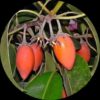


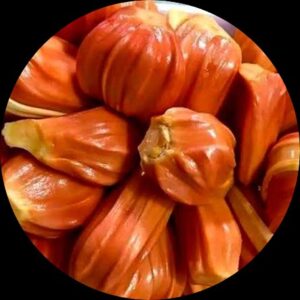
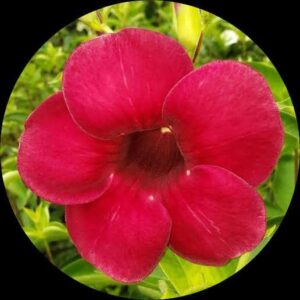
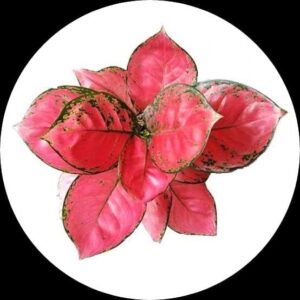

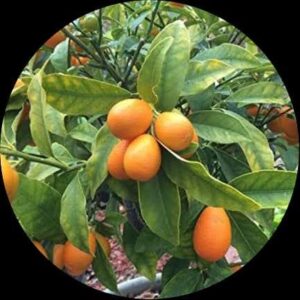
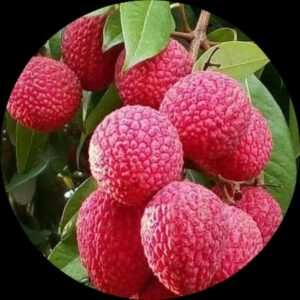

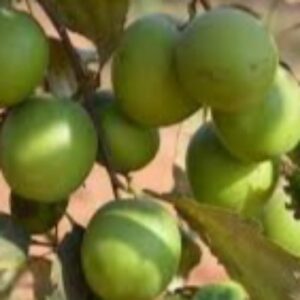

Reviews
There are no reviews yet.